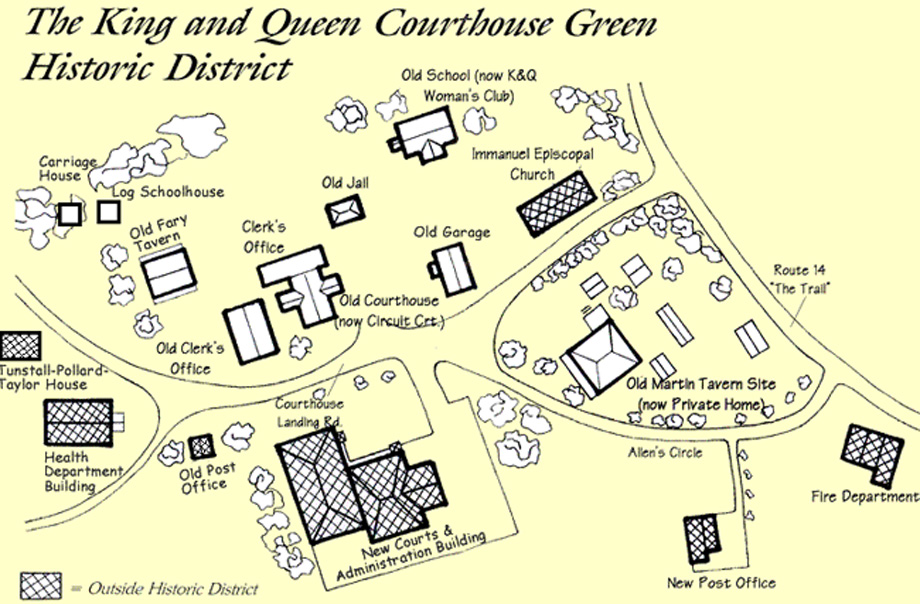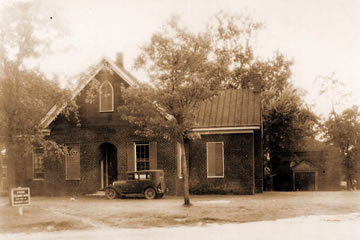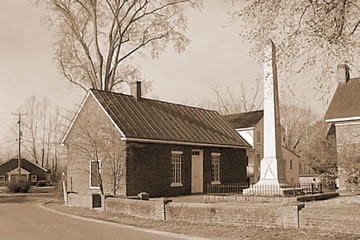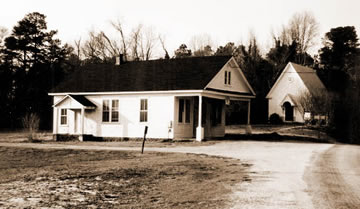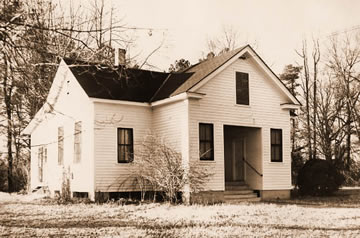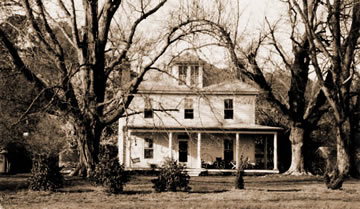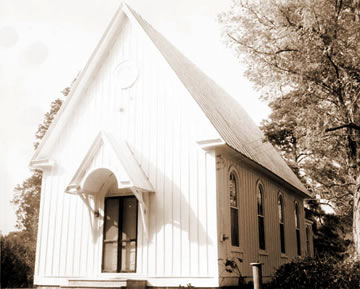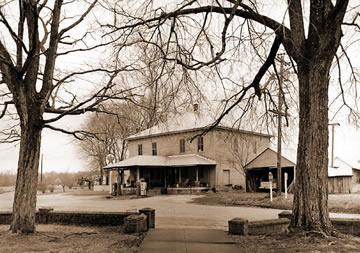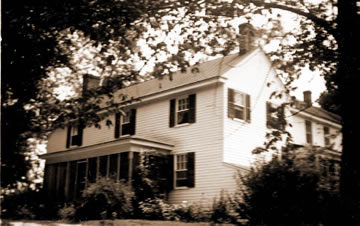King and Queen County was formed in 1691 and named for William and Mary, then ruling as King and Queen of England. In 1691 Edmund Tunstall deeded one Acre of his lands to the recently formed county for use as a courthouse. Larkin Chew, carpenter, executed a bond in Essex County for its courthouse in 1702 reciting that it would be the same as the frame building 45′ by 22′ he had built for the King and Queen courthouse. Brick construction of the courthouse and clerk’s office, usually the first two buildings built, came later, probably after the first public buildings were built of brick in Williamsburg beginning about 1705–10.
The courthouse and all records were burned on April 8, 1828. The courthouse was rebuilt on the same site shortly after.
During the Civil War the courthouse and the records were burned again. Union Col. Ulric Dahlgren led a group of about 150 soldiers on March 2, 1864 through King and Queen after an aborted attack on Richmond. He was killed near the courthouse. In retaliation, on March 10, 1864 Union forces burned the courthouse, jail, clerk’s office, and all of the private homes in the village, except the Tavern.
After the County Court held meetings at Pace’s Chapel near the Court House and then in Stevensville, the General Assembly, authorized an election in the county in 1866 on whether to keep the county seat at King and Queen Court House. As a result, the courthouse, jail, and clerk’s office were rebuilt on their same foundations. The first meeting in the new courthouse was held on December 6, 1866.
Before 1895 the building was expanded to 64’x22′ and wings of 32’x23′ added. A vestibule was added in 1895, giving the building its present configuration as shown in the picture above dating from about 1927. An office for the clerk was added to the rear in 1957. The Circuit Court of King and Queen County continues to sit in the building.
An open, low area, once used for stables for those coming to the courthouse in an earlier time, was the site of a 1941 Pageant commemorating the County’s 250th anniversary.
Martin’s 1835 Gazatteer described the village of King and Queen Court House as containing
“besides the usual county buildings, 4 dwelling houses, 2 miscellaneous stores, a tavern, a magazine, and a tanyard. There is in the vicinity a flour manufacturing mill and a grist mill which also has machinery for grinding and packing corn. Population 14 white, of whom 1 is an attorney, and 1 physician, and 40 colored- total 54. This village is proverbially unhealthy, being surrounded by marshes- to this circumstance may be attributed the small amount of population.”

